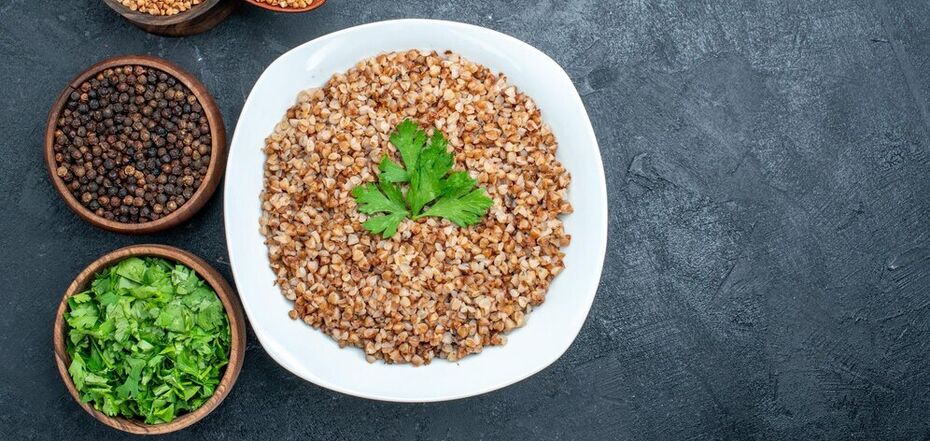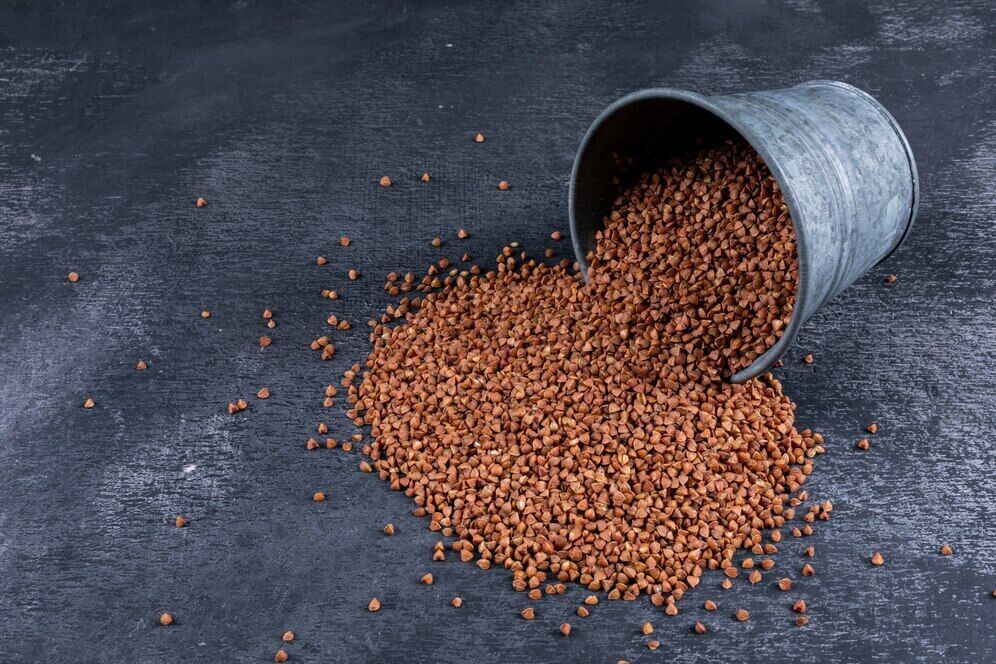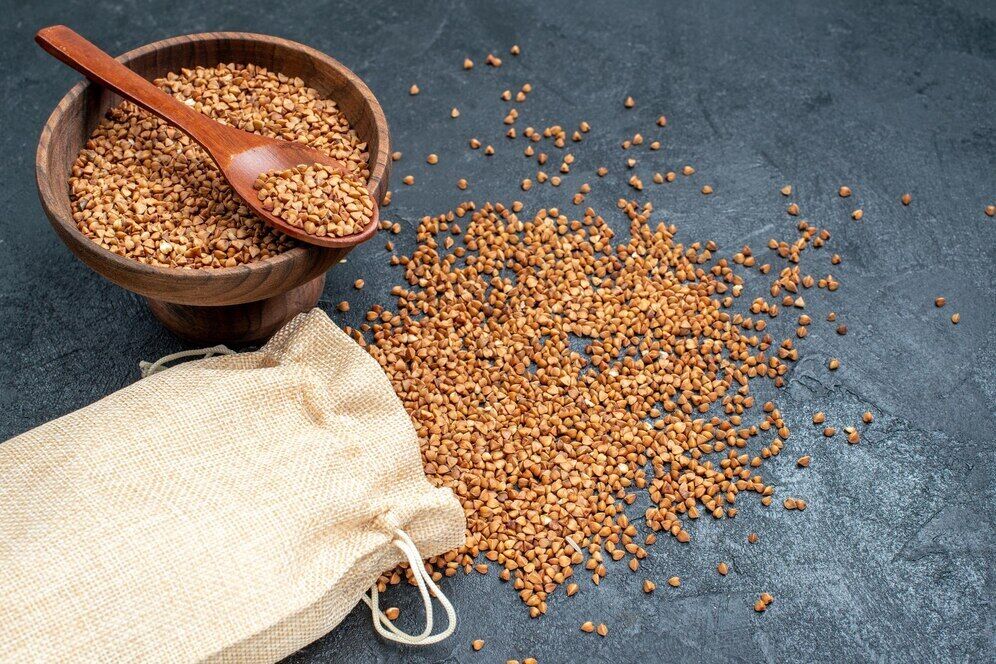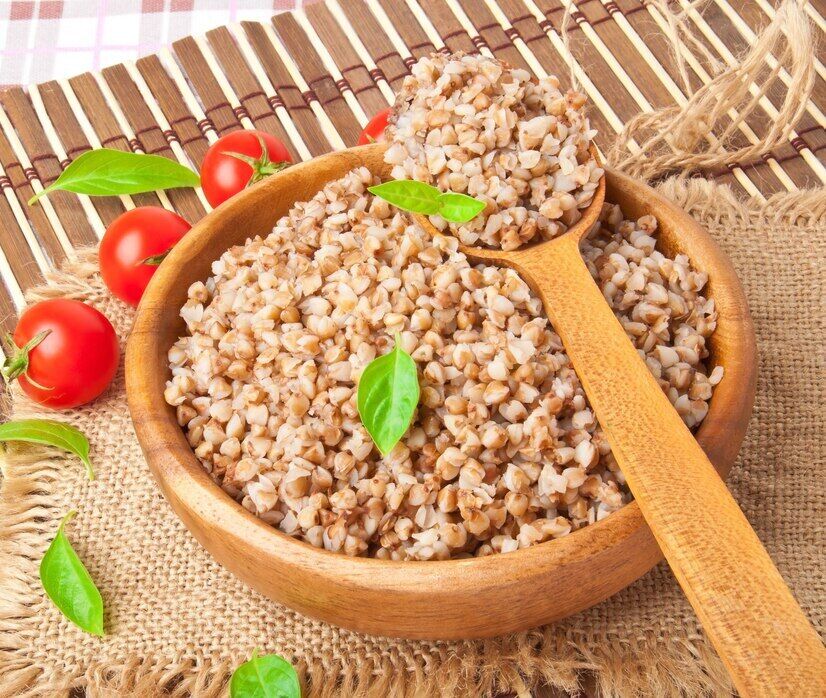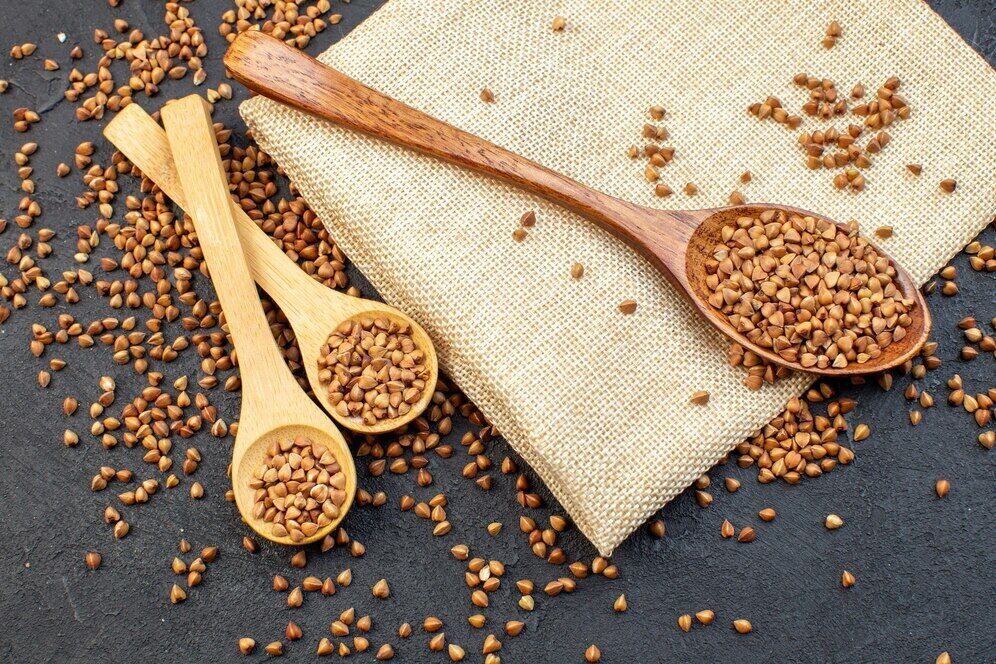News
Never cook buckwheat like this: why buckwheat turns out to be fresh and sticks together
Buckwheat is not only a healthy but also a versatile cereal used to make porridge, soups, and even cutlets. However, many people make a mistake when cooking buckwheat, which makes it turn out to be stale or stick together. The most common reason for this is the wrong cooking method, which deprives the cereal of its natural flavor and proper texture. To avoid boiled, sticky porridge, you should know a few simple secrets.
The FoodOboz editorial team will tell you how to cook buckwheat properly. It will always be crumbly and flavorful.
Many people cook buckwheat according to the standard scheme – add two cups of water to one cup of cereal, put it on the fire, and cook it until it is ready. This method is indeed suitable for many types of cereals, but it is not quite right for buckwheat.
The fact is that the dark buckwheat we buy in supermarkets has already been heat-treated. This means that it is half-cooked, and excessive cooking only spoils its structure, makes the porridge viscous, and deprives it of its natural flavor.
How to cook buckwheat properly
Steaming is the best way to cook dark buckwheat.
1. Take a cup of buckwheat and two cups of boiling water.
2. Pour boiling water over the buckwheat in a saucepan or thermos.
3. Cover and leave for 20-30 minutes until all the liquid is absorbed.
4. Add salt, butter, or other favorite toppings.
Alternative option. If you are not sure that the buckwheat will be fully cooked by steaming, you can do the following:
1. Pour boiling water over the buckwheat in the same 1:2 ratio.
2. Put on the fire, bring to a boil, and turn it off immediately.
3. Cover the pot and let it brew for 15-20 minutes.
This method preserves the flavor of buckwheat and makes it crumbly.
What to do with white (green) buckwheat
In addition to the usual dark buckwheat, there is also green buckwheat, which is an unroasted grain that has retained its natural structure. It is more expensive and has a higher viscosity when cooked. Unlike dark buckwheat, green buckwheat needs to be cooked because it has not been preheated. It is often used for soups, milk cereals, or sprouting.


